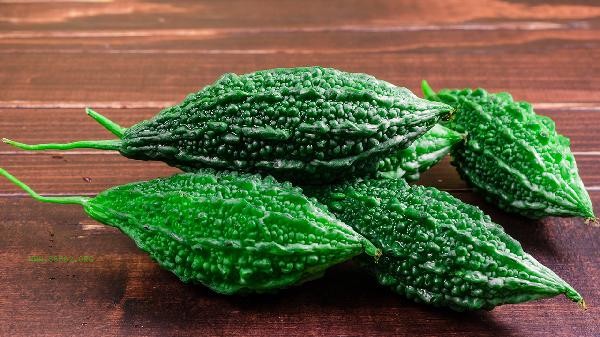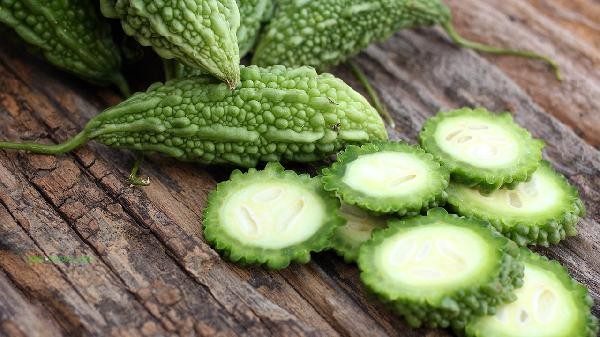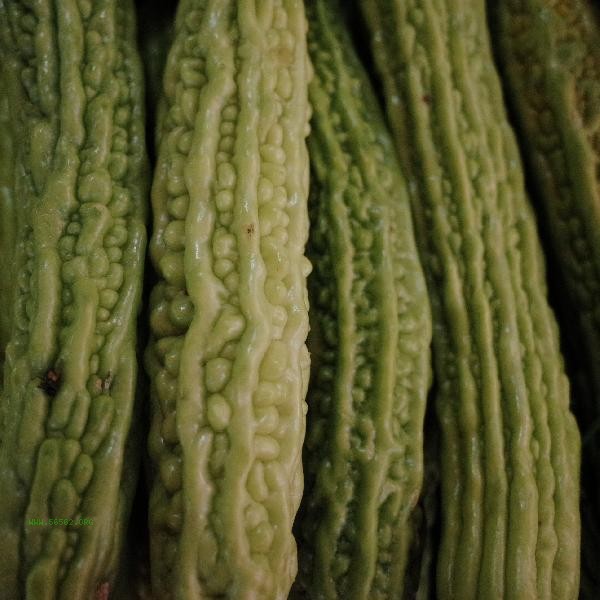Bitter gourd paired with mulberry leaves, yams, oats, cinnamon, green tea and other foods can help reduce blood sugar. Bitter gourd contains active ingredients such as bitter gourd saponins, which can enhance the effect of regulating blood sugar when combined with specific foods.

1. Mulberry Leaves
Mulberry leaves are rich in alkaloids and flavonoids, which can inhibit sugar absorption when eaten with bitter gourd. The 1-deoxynojirimycin in mulberry leaves can delay carbohydrate breakdown, and when combined with the insulin-like effect of bitter melon, it is more effective in controlling postprandial blood sugar. It is recommended to cold mix fresh mulberry leaves with bitter gourd or brew tea together for consumption.
2. Yam
The mucin protein and dioscin contained in yam can improve insulin sensitivity. With balsam pear, it can balance the cold nature, and is suitable for diabetes patients with weak spleen and stomach. It is recommended to stir fry yam with bitter gourd or boil soup. The dietary fiber in yam can slow down the release rate of hypoglycemic components in bitter gourd.
3. Oats
The combination of β - glucan from oats and bitter melon saponins can enhance the utilization of glucose by peripheral tissues. The slow digestion characteristics of oats and the hypoglycemic effect of balsam pear complement each other. It is suggested to add balsam pear juice to oatmeal Congee or make balsam pear and oatmeal cake as sugar control breakfast.

4. Cinnamon
The methyl hydroxychalcone polymer in cinnamon can simulate insulin action and promote sugar metabolism when consumed with bitter gourd. A small amount of cinnamon powder mixed with bitter gourd juice for drinking, or adding cinnamon when marinating bitter gourd, can enhance the effect of improving insulin resistance, but it should be used with caution for those with yin deficiency and excessive fire.
5. Green tea
The synergistic effect of green tea polyphenols and bitter melon glycosides can inhibit the process of gluconeogenesis. The catechins in green tea can protect pancreatic islet cells. When paired with bitter gourd and brewed in water, it is recommended to use 80 ℃ warm water to avoid damaging the active ingredients. People with stomach cold can add a small amount of ginger to mix.

Bitter gourd hypoglycemic diet should be consumed regularly for a long time, and it is recommended to control the daily intake of bitter gourd within 200 grams. Combining exercise can enhance the effect, and aerobic exercise such as brisk walking one hour after a meal can promote glucose utilization. Attention should be paid to monitoring blood glucose fluctuation. Patients with severe diabetes still need to follow the doctor's advice to avoid delaying treatment by relying solely on diet. Patients with diabetes during pregnancy should consult a doctor before using balsam pear. Those with weak gastrointestinal function are advised to gradually adapt from a small amount.








Comments (0)
Leave a Comment
No comments yet
Be the first to share your thoughts!